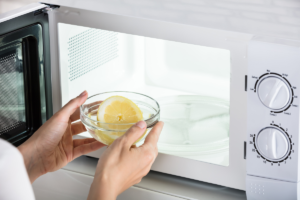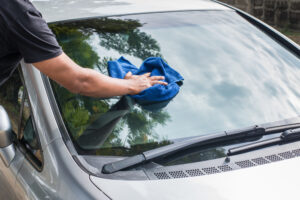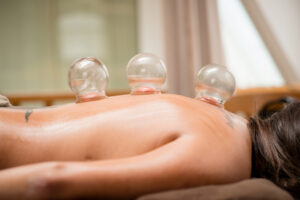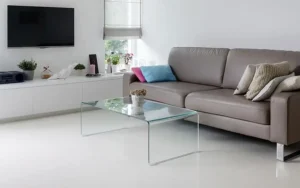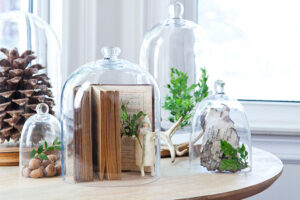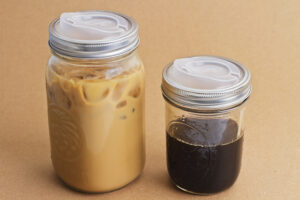If you’re like most people, you probably think that cleaning low e glass is a difficult and time-consuming task. However, with a little know-how and the right products, it can be a breeze! In this blog post, we’ll show you how to clean your low e glass quickly and easily.
What is low-e glass?
Low-e glass is a type of energy efficient glass that is coated with a very thin layer of metal oxide. This coating helps to reflect heat and UV rays, making it an ideal choice for both home and commercial use. Low-e glass is also known for its ability to reduce glare, which makes it a popular choice for windows and skylights.
Why is it important to clean low-e glass?
Low-e glass is a type of energy efficient glass that is coated with a very thin layer of metal. This metal coating reflects heat, which makes the glass more efficient at insulating your home. Because the coating is so thin, it can be easily damaged by dirt and debris. That’s why it’s important to clean low-e glass regularly.
There are two types of low-e coatings: hard and soft. Hard coatings are more durable, but they are also more susceptible to scratches. Soft coatings are less durable, but they are less likely to scratch. When cleaning low-e glass, you should use a soft cloth or sponge and a mild soap or detergent. Avoid using abrasive cleaners, scrubbers, or anything that could damage the coating.
What are the best methods for cleaning low-e glass?
Cleaning low-e glass can be a bit tricky because you don’t want to damage the coating. The best way to clean it is with a soft, microfiber cloth and a cleaning solution specifically designed for low-e glass. You can find these solutions at most hardware stores or online.
What are some common cleaning mistakes to avoid?
When it comes to cleaning low-e glass, there are a few common mistakes to avoid. One is using a cleaner that is too harsh. This can damage the coating on the glass and cause it to become less effective. Another mistake is using a cleaner that is not intended for use on low-e glass. This can also damage the coating and reduce its effectiveness.
What are some tips for cleaning low-e glass effectively?
According to the U.S. Department of Energy, low-e glass is more energy efficient than regular glass because it reflects heat back into your home instead of allowing it to escape. Low-e glass is coated with a thin layer of metal, which gives it its reflective properties.
Cleaning low-e glass is similar to cleaning regular glass, but there are a few things you should keep in mind to avoid damaging the coating.
-Use mild soap and water to avoid scratching the surface.
-Dry the surface with a soft, lint-free cloth.
-Don’t use abrasive cleaners or scrubbers, which can damage the coating.
How often should you clean low-e glass?
Low-e glass is a type of energy efficient glass that is coated with a thin layer of metal oxide. This coating helps to reflect heat back into your home, keeping it warm in the winter and cooler in the summer. Low-e glass is also effective at blocking ultraviolet (UV) rays, which can fade your furniture and flooring.
Because of its special coatings, low-e glass needs to be cleaned differently than regular glass. Be sure to follow these tips to clean your low-e windows without damaging the coating:
-Always start with a clean, dry microfiber cloth. This will avoid scratching the glass.
-If the window is particularly dirty, you can pre-clean it with distilled water and vinegar (80/20 ratio) or mild soap and water. Dry the window thoroughly before continuing.
-To avoid streaking, use two different cloths – one for washing and one for drying.
-Never use abrasive cleaners or scrubbing pads on low-e glass. This can damage the coatings.
Are there any special considerations to keep in mind?
In general, low-e glass can be cleaned using the same methods as standard annealed glass; however, there are a few things to keep in mind. First, because low-e coatings are designed to reflect heat back into the building, they are also more susceptible to scratches. As a result, it is important to use only soft cloths or sponges when cleaning and to avoid any abrasive cleaners or scrubbers.
Additionally, while most low-e coatings are applied to the surface of the glass during the manufacturing process, some products have a “hard-coat” low-e coating that is actually baked into the glass. This type of coating is more durable and may be cleaned using more traditional methods; however, it is always best to check with the manufacturer before using any cleaning solutions.
Where can you find more information on cleaning low-e glass?
If you are looking for more information on cleaning low-e glass, you can try searching online or contacting the manufacturer of the product. You may also be able to find helpful tips and advice from friends or family who have experience with this type of glass.

